At 20:03 UT on the night of January 21, a spectacular comet-originated fireball lit up the skies over Huelva, gracefully heading towards the southern coasts.
This phenomenon was meticulously captured by the detectors of the SMART Project, deployed in strategic observatories such as Calar Alto (Almería), La Hita (Toledo), Huelva, Sierra Nevada, La Sagra (Granada), Sevilla, and Aljarafe (Seville).
The external cameras of the Calar Alto Observatory in Almería were also privileged witnesses to this celestial spectacle. Professor José María Madiedo, Principal Investigator of the SMART Project at the Institute of Astrophysics of Andalusia (IAA-CSIC), after conducting a preliminary analysis, confirmed that this phenomenal fireball resulted from a meteor colliding with our atmosphere at an astonishing speed of 89,000 km/h. The luminous glare began its dazzling journey at an altitude of 101 km above the north of Huelva, gracefully moving southward and concluding at a mere 40 km altitude, near Isla Cristina. The provided image illustrates the fascinating trajectory that this bolide followed over the territory of Huelva.
Discover more details about this cosmic event in the videos captured by the external cameras of the Calar Alto Observatory in Almería.
Calar Alto (CAHA) fireball detection station, together with the one at the Observatory of Sierra Nevada (IAA-CSIC) and others placed at different locations in Spain, are part of the S.M.A.R.T. project led by Professor José María Madiedo (IAA) to track that kind of objects. Specifically, Calar Alto (CAHA) station and the one at Sierra Nevada (IAA-CSIC) constitute a collaboration agreement between the IAA researcher José María Madiedo and both
 English (UK)
English (UK)
